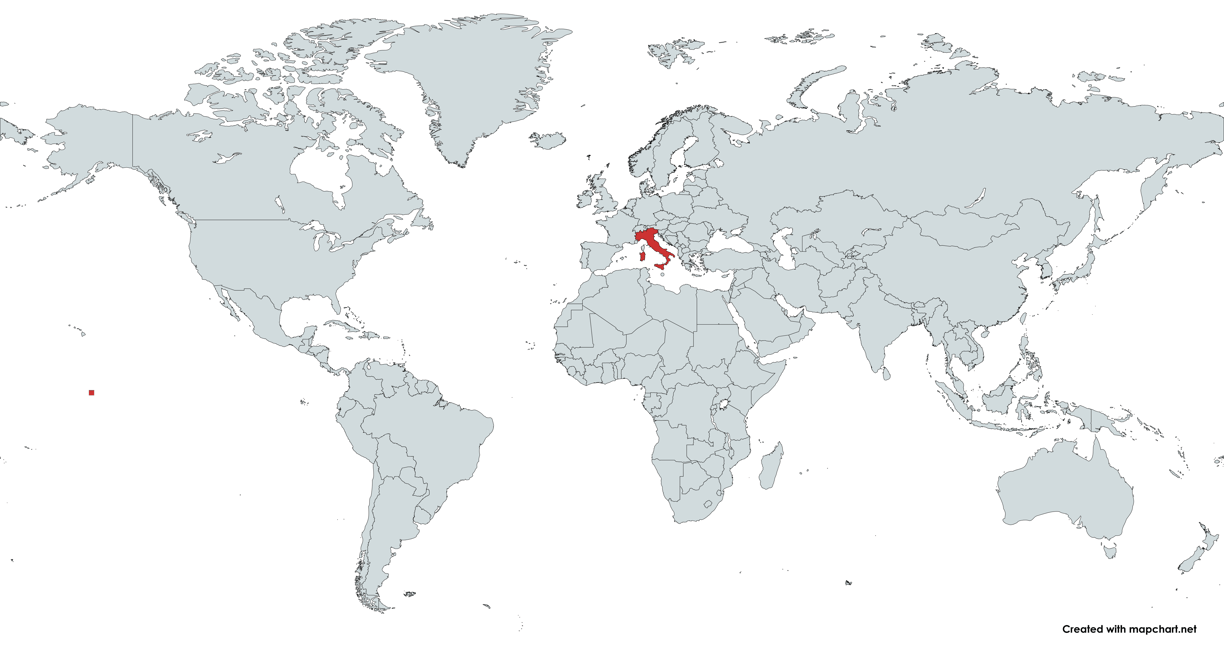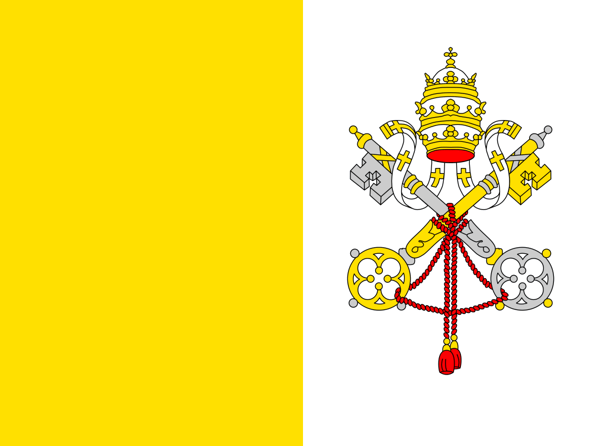
Vatican City, Vatican City
A Vat of tea cans in the city.
Memory Aid: A vat full of ice tea cans situated in a city.
Association: Associate a vat of tea cans and a city scene.


Where in the World is Vatican City?


The Flag of Vatican City


What to do and where to visit in Vatican City
For a first-time visitor to Vatican City, the experience is nothing short of breathtaking.
Start your journey at St. Peter’s Basilica, an architectural marvel where you can admire Michelangelo's Pietà and climb to the dome for stunning views of the city.
Next, head to the Vatican Museums, home to an impressive collection of art, including the famous Sistine Chapel, adorned with Michelangelo’s iconic frescoes.
Don't forget to stroll through the Vatican Gardens, a peaceful retreat filled with beautiful gardens and fountains. Consider timing your visit to coincide with a papal audience for a unique experience.
Lastly, take a moment to explore the Apostolic Palace and its rich history.
With its artistic treasures and spiritual significance, Vatican City offers an unforgettable experience for any traveler.
What Countries border Vatican City?
Vatican City, a landlocked sovereign city-state, is entirely surrounded by Italy.
It shares its borders with the Italian capital, Rome, which provides a unique geopolitical dynamic.
While Vatican City is renowned for its religious significance as the headquarters of the Roman Catholic Church, its relationship with Italy is generally stable. However, there are occasional tensions concerning the governance of church properties and the rights of the Vatican in cultural matters.
Additionally, broader discussions around religious freedom and diplomatic recognition have surfaced in the context of international relations.
Overall, while there are no outright conflicts between Vatican City and Italy, the intertwining of religious authority and state matters does create complex interactions that reflect deeper historical and cultural ties.
History & Politics of Vatican City
Vatican City, the world's smallest independent state, serves as the spiritual and administrative center for the Roman Catholic Church.
Established as a sovereign entity in 1929 with the Lateran Treaty, it is governed by the Pope, who exercises supreme authority in both religious and political matters.
The history of Vatican City is deeply intertwined with the emergence of Christianity and the power struggles of European monarchies. Throughout centuries, it has played a pivotal role in global politics, influencing key events such as the Reformation and the Cold War.
The Vatican’s political system comprises a unique blend of theocratic governance and diplomacy, allowing it to navigate complex international relations while maintaining its religious mission.
Today, it engages with global issues, advocating for peace, social justice, and human rights, while continuing to serve as a beacon of faith and tradition for millions around the world.
Is it safe to visit Vatican City?
Visiting Vatican City is generally safe, making it a popular destination for tourists from around the world.
However, visitors should be mindful of a few important considerations to ensure a smooth experience. Firstly, be prepared for large crowds, especially during peak tourist seasons, which can lead to long waiting times at major attractions like St. Peter's Basilica and the Vatican Museums.
Dress modestly, as there are strict dress codes in place, especially within sacred sites.
Additionally, it's wise to keep an eye on personal belongings, as pickpocketing can occur in crowded areas. Lastly, familiarize yourself with the local customs and regulations to respect the unique spiritual atmosphere of this independent city-state.
Overall, being aware and prepared will help you enjoy your visit to this remarkable site.
Explore
Learn World capitals through images and associations.
© 2025. All rights reserved - Air Mobility Services
Terms of Use


